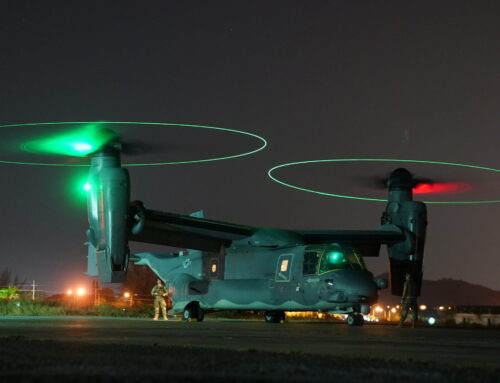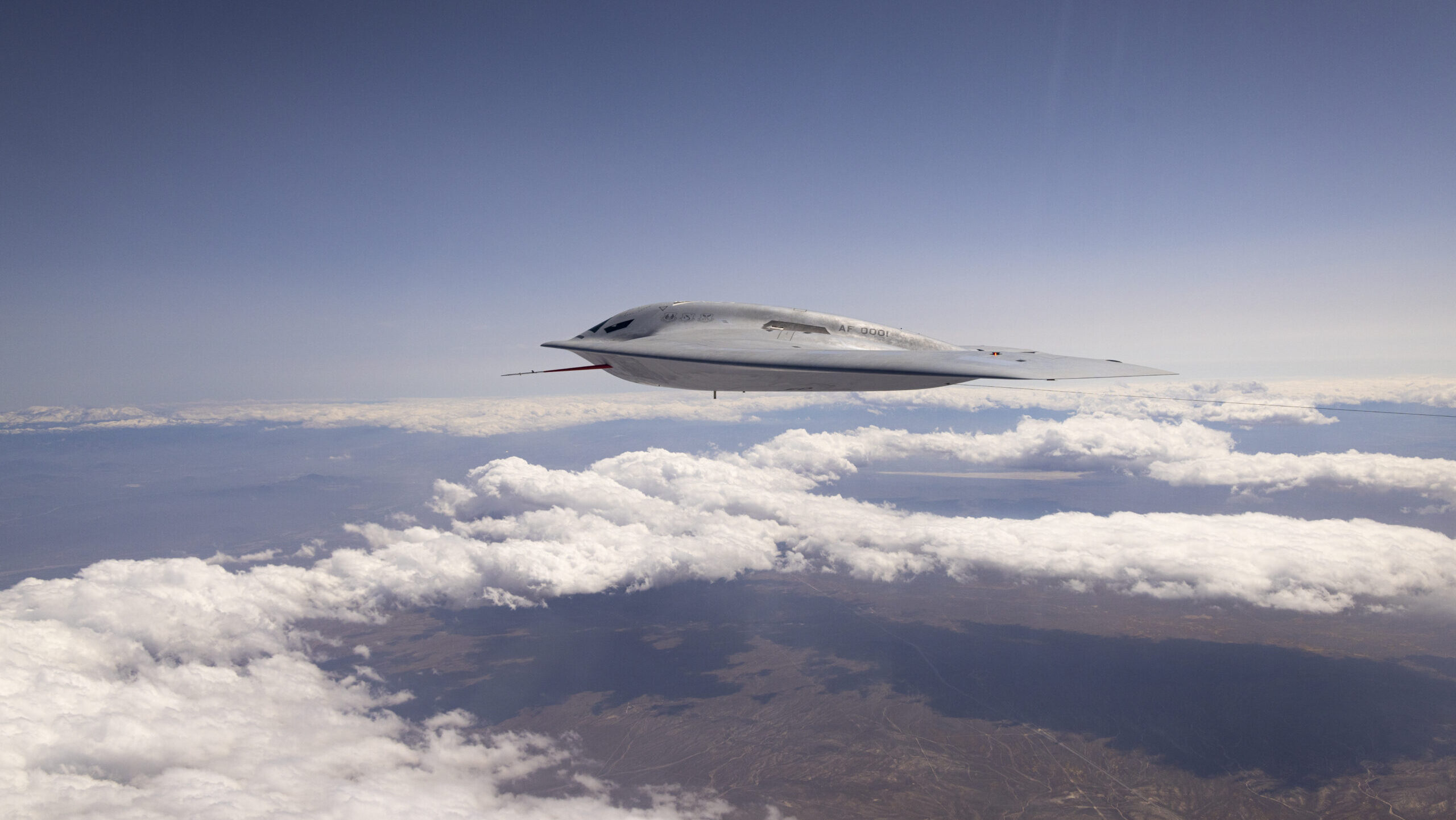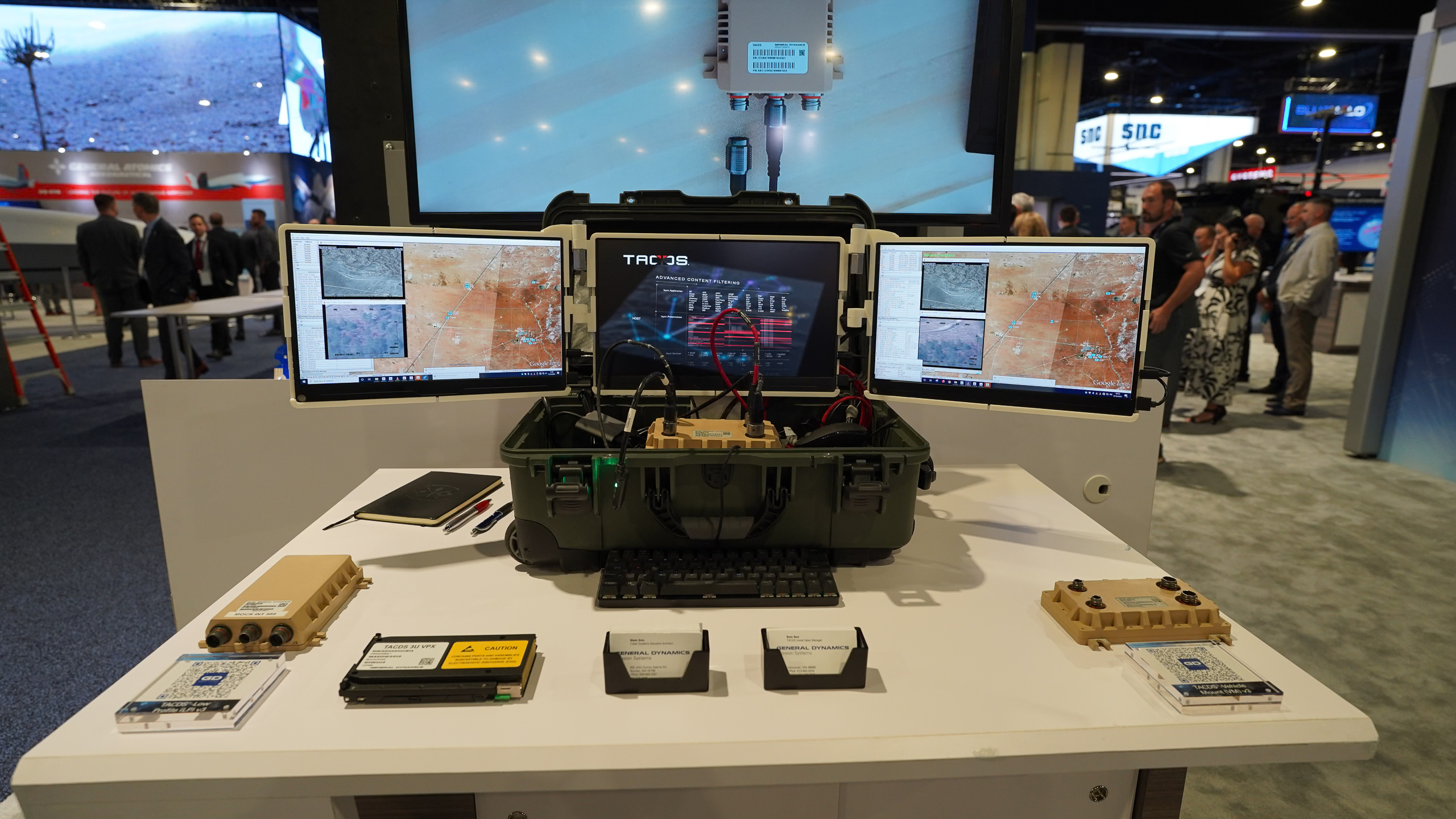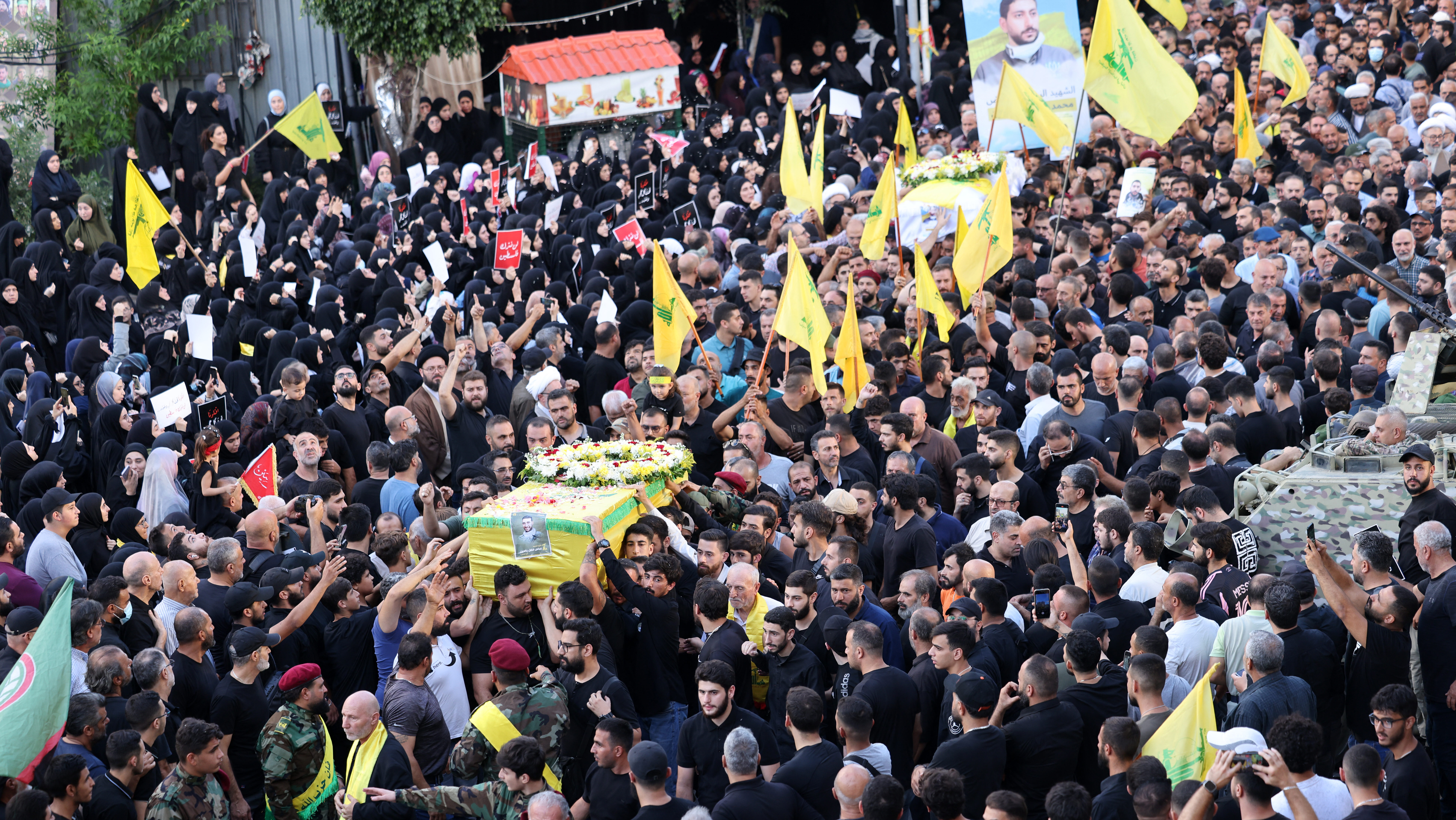A High Mobility Artillery Rocket System (HIMARS) with the 1st Battalion, 181st Field Artillery Regiment fires toward a designated target at Yausubetsu Training Area, Hokkaido, Japan on Sept. 20, 2023. (Photo by U.S. Army National Guard Staff Sgt. Ryan S. Gay)
WASHINGTON — A cutting edge targeting system proved its worth in the multinational Valiant Shield wargames last month, and a “combat representative” version will be ready for Indo-Pacific Command to use by the end of the year, according to the Pentagon R&D official overseeing the effort.
But development of this Joint Fires Network won’t stop there, said assistant secretary for research and engineering Thomas Browning, a former Air Force pilot who still goes by the callsign “Shotgun.”
“JFN 1.0, our first experimentation with that was just last month,” Browning told hundreds of industry and government officials at an industry day Tuesday hosted by one of his key partners on the project, the Pentagon’s Chief Digital & AI Officer. “Last week, we got confirmation we’re on the right path.”
“We’re on contract with INDOPACOM to deliver a combat-representative 1.0 by the end of this year and then next year we’ll cycle through a 2.0 [version],” he continued. At that point, the plan is to transition JFN from its current experimental status to an “enduring” acquisition program of record — one that will keep getting upgraded at a rapid pace.
RELATED: If CJADC2 is to ever happen, let INDOPACOM take the lead
Version 2.0 will not be a final product either, he emphasized. “We’re giving them a real world capability, [and] we’re giving them … a development environment to do a 3.0, 4.0, a 5.0, et cetera.”
The Joint Fires Network, which matches targets and weapons across a theater, and a separate “global integration” system, which shares planning data across the military’s four-star commands, are the first two pillars of what’s called CJADC2, the US military’s nascent system for global command-and-control of US and allied forces across all five “domains” — land, sea, air, space, and cyberspace — in fast-paced future conflicts.
But it’s not far future: A major driver of JFN in particular was China’s public objective of being capable of conquering Taiwan in 2027. In April 2023, the then-commander of INDOPACOM, Adm. John Aquilino told the R&D team, “We’ve got a problem,” Browning recalled the admiral saying. “You guys are making these toys for me. I potentially have a conflict to flight. I have to have real capability.”
Such high-powered pushing seems to have worked. This February, Deputy Secretary of Defense Kathleen Hicks publicly declared an initial “minimum viable capability” of CJADC2 was “real and ready” for operations
But what does that mean?
“CJADC2 is a whole bunch of capabilities; JFN is one of those,” Chief Digital & AI Officer Radha Plumb told reporters at the industry day. “We worked over the past year on [two] particular threads, global integration and fires. … Those now have mature or maturing technologies that need to be transitioned and sustained [to] make sure that they’ve got the funding, that they’ve got the oversight.”
While the “global integration” system tackles chronic Pentagon planning problems that date back at least to 2015, it’s the “fires” side of CJADC2 that embodies the coordinated convergence of violence at the heart of the original concept, coined in 2016 under the name “multi-domain battle.” The fundamental problem that JFN seeks to solve is how to match targets to the best available “shooters” — land-based missiles, strike jets, submarines, cyber attacks, and more — in a complex, chaotic, and rapidly changing conflict.
The landmark moment that launched JFN, Browning told the industry day audience, was a Joint Requirements Oversight Council (JROC) meeting back in 2019.
“What we realized was the way we do command and control circa 2019 was absolutely insufficient for the way we needed to do battle command and control in 2025 … in this really transient, complex fight of the future,” Browning recounted, even in the best case where all the high-tech surveillance systems can actually spot the targets. “Let’s say I even have a really good picture of that fight, so I’ve got the all-seeing Eye of Sauron that lets me see the world, where the good guys are, where all the bad guys are — I need to decide who should shoot who.”
“It sounds like a really simple question and it’s not,” he said. “The operator back in 2019 was saying, ‘How would I fight this?’… It’s probably not INDOPACOM with a big button going ‘Fire! Fire! Fire! Fire! Fire!’ 5,000 times, but it’s probably also not like kids’ soccer, where everyone just chases the ball.”
But once JFN 2.0 is ready in 2025, Browning believes that the six years of intensive experimentation since that come-to-Jesus JROC will have thrashed out the technologies, techniques, and concepts to do the job.
“At the end of that year,” he said, “the warfighter’s actually going to have a pretty good idea of what a capability like this should be and how we should integrate across the joint commands, how we should integrate across the services and with our allies.”











